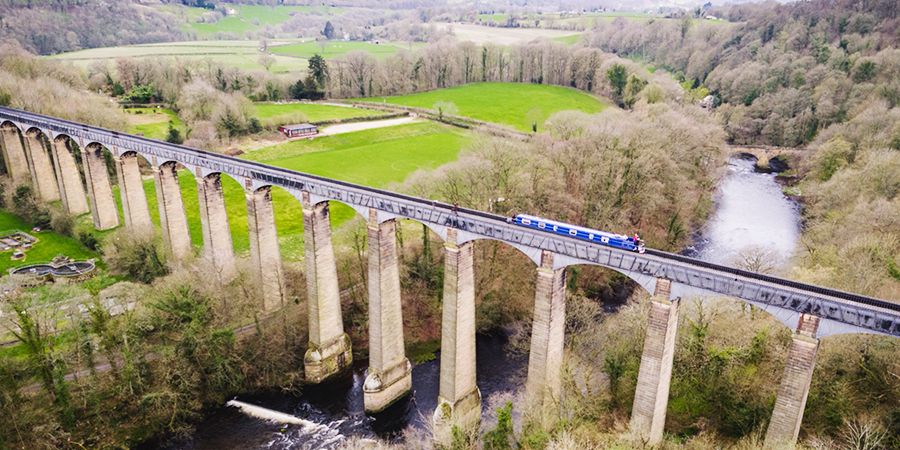Hi, I hope I may be in the right place to ask a historical question. Sorry if not.
At the beginning of the railway age, there was an increasing need to store water for steam locomotives, in large rectangular tanks. The earliest survivor is an 1839 tank at York, which is about to be refurbished. About the only other survivors are at Settle and Keighley. The different railways all used variations on a modular cast-iron panel system, with flanges to bolt them together, and internal angled stays for structural strength. On the Midland Railway, for instance, panels were 4ft x 3ft, used for both the sides and the base. Not much different to the modular pressed-steel tank system manufactured by Braithwaites today. They provided a flexible method of custom building a large tank of varying sizes, and there could be several rows of panels above each other.
I am guessing that this design for modular tank construction may predate the railways, and would have been used for storage tanks for mills and other manufacturies. Please would anyone have more informaton on this? Thanks.
At the beginning of the railway age, there was an increasing need to store water for steam locomotives, in large rectangular tanks. The earliest survivor is an 1839 tank at York, which is about to be refurbished. About the only other survivors are at Settle and Keighley. The different railways all used variations on a modular cast-iron panel system, with flanges to bolt them together, and internal angled stays for structural strength. On the Midland Railway, for instance, panels were 4ft x 3ft, used for both the sides and the base. Not much different to the modular pressed-steel tank system manufactured by Braithwaites today. They provided a flexible method of custom building a large tank of varying sizes, and there could be several rows of panels above each other.
I am guessing that this design for modular tank construction may predate the railways, and would have been used for storage tanks for mills and other manufacturies. Please would anyone have more informaton on this? Thanks.




